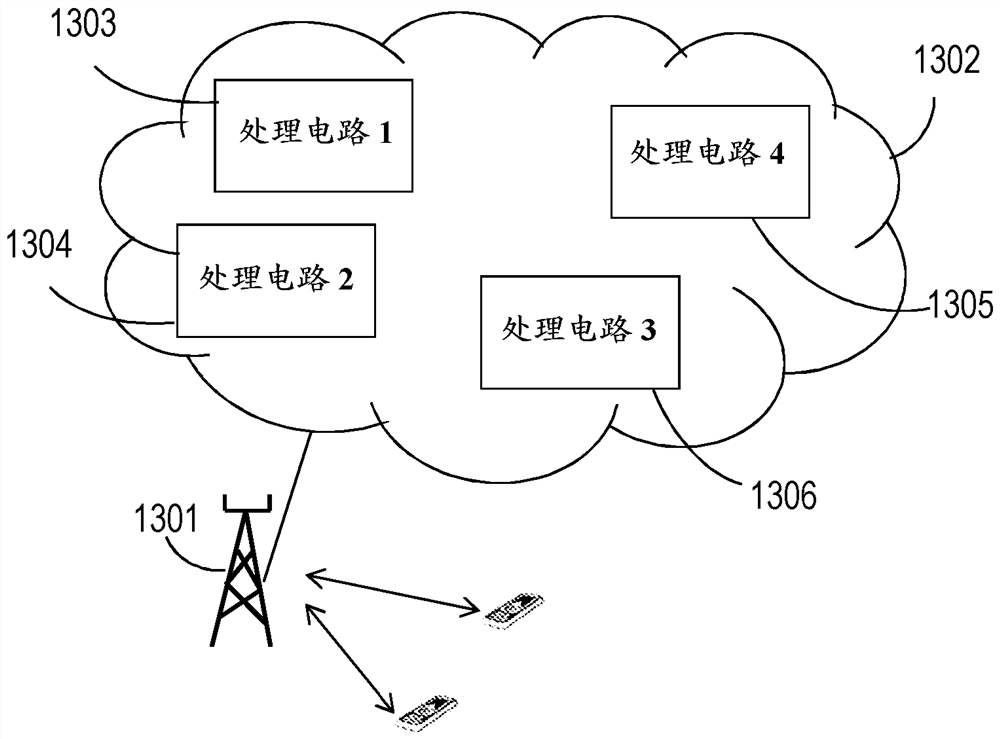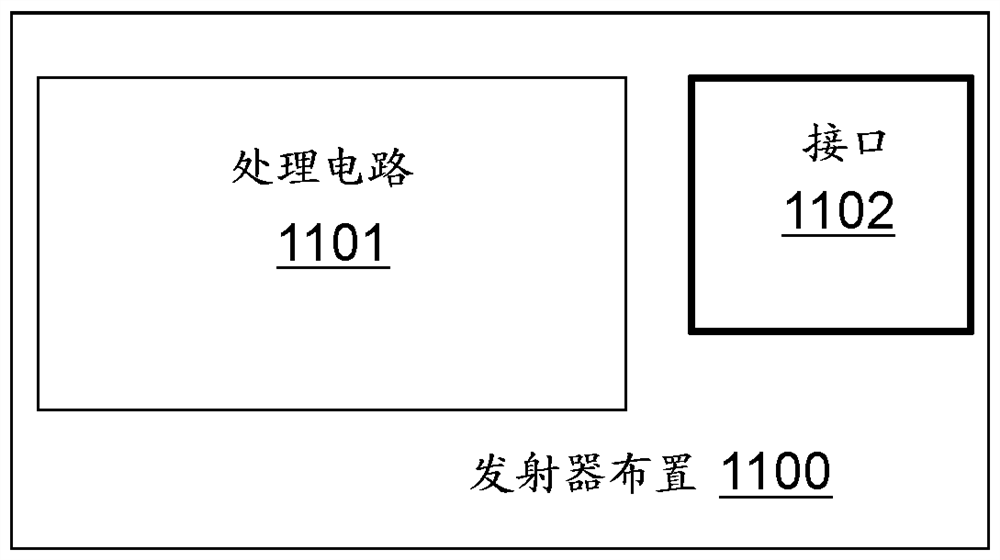Linearization of Active Antenna Arrays
An active antenna and linearization technology, applied in the field of linearization, can solve the problems of hardware cost and complexity, increased complexity of transmission path linearization, service capacity and power efficiency degradation, etc., to achieve the effect of reducing signal processing.
- Summary
- Abstract
- Description
- Claims
- Application Information
AI Technical Summary
Problems solved by technology
Method used
Image
Examples
Embodiment Construction
[0027] Figure 1a is a schematic block diagram showing an exemplary predistorter according to the prior art. A predistorter works by adding a correction term to a signal (referred to below as the "raw input signal") before it is input to a distortion component to be linearized. exist Figure 1a , the distortion component is shown as a power amplifier. The correction term makes the resulting output from the power amplifier more similar to the original input signal than it would be if no correction term had been added. Ideally, the output signal from the distorting component will be the same as the input signal (but amplified in the case of a power amplifier), i.e. a predistorted signal being input to the distorting component results in an output signal identical to the original input signal (but amplified). is amplified in the case of PA). In other words, ideally, all distortions due to the distorting components cancel out and the system is perfectly linear.
[0028] The out...
PUM
 Login to View More
Login to View More Abstract
Description
Claims
Application Information
 Login to View More
Login to View More - R&D
- Intellectual Property
- Life Sciences
- Materials
- Tech Scout
- Unparalleled Data Quality
- Higher Quality Content
- 60% Fewer Hallucinations
Browse by: Latest US Patents, China's latest patents, Technical Efficacy Thesaurus, Application Domain, Technology Topic, Popular Technical Reports.
© 2025 PatSnap. All rights reserved.Legal|Privacy policy|Modern Slavery Act Transparency Statement|Sitemap|About US| Contact US: help@patsnap.com



